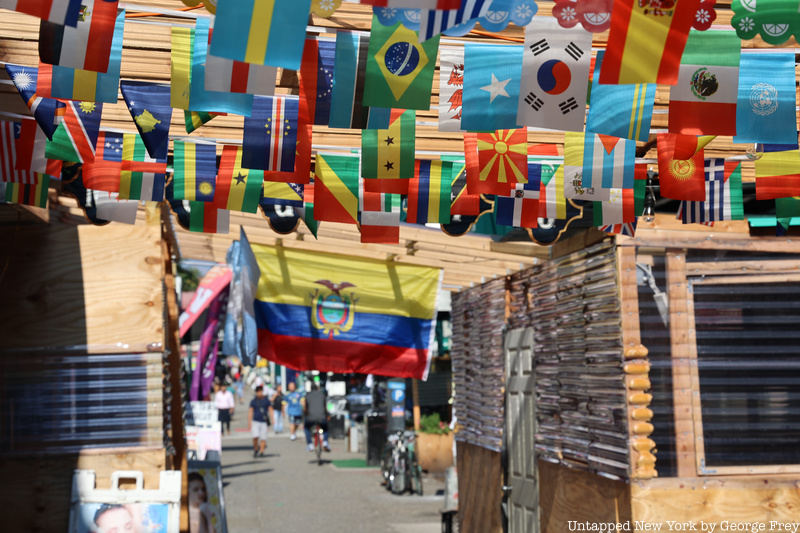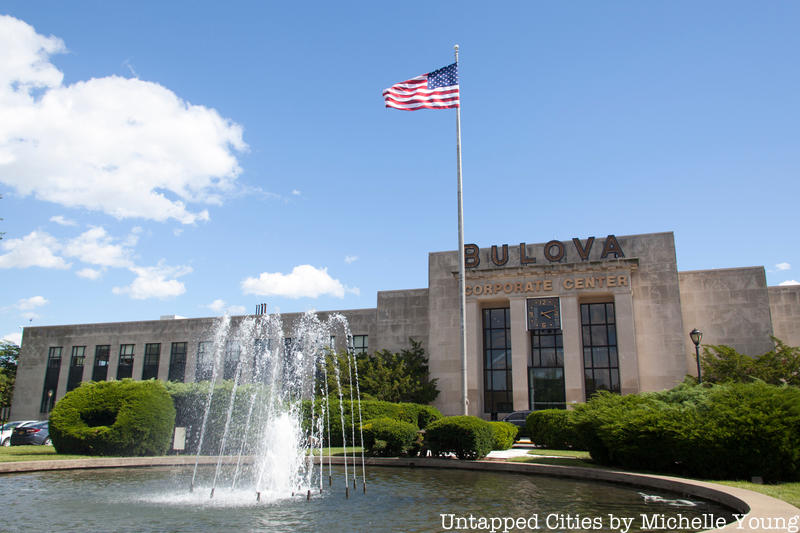
When stepping off the 7, E, and F trains that service Jackson Heights, passengers take in the aromas of fried green onions, sauteed beef, and coriander. Upon exiting the station, they are met with signs in dozens of languages and all sorts of shops. This intermingling of cultures signifies the diversity of Jackson Heights, one of Queens‘ most multiethnic neighborhoods. Hard hit by the coronavirus pandemic, the neighborhood is now bouncing back.
Jackson Heights began as a white middle-class neighborhood, according to the Macaulay Honors College at CUNY, but now hosts multiple ethnic enclaves. With so much packed into a few blocks, the neighborhood hosts many gems all in a tiny radius. Here is an inside peak at one of the most diverse neighborhoods in New York City.
1. Jackson Heights once had an airport

From 1929 to 1940, Holmes Airport operated out of Jackson Heights. Constructed by real estate developer E. H. Holmes, the airport took up 220 acres within an undeveloped area of the neighborhood. During its decade of operation, Holmes airport had two hangars, an office, a flight school, a Goodyear blimp hangar, and two gravel runways. Some of the airport’s first flights departed for Miami in a Ford Trimotor plane.
It was ultimately the opening of La Guardia Airport in 1939 that forced Holmes Airport to close. John F. Kennedy International Airport opened in 1943 and Newark Liberty International Airport opened in 1928, a year before Holmes. A veterans home and Bulova watch factory took its place, and the Bulova Corporate Center sits there today.





